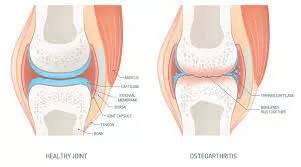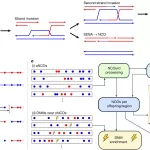November 8, 2024 — Researchers have issued a stark warning about the growing health risks posed by garbage dumps, which they say could be breeding grounds for the next global pandemic. According to a study led by Professor Bruce Gummow, a specialist in Veterinary Preventative Medicine at James Cook University, and collaborators from Mahidol University in Thailand, the convergence of waste, animals, and humans in these sites is creating a perfect storm for the emergence of infectious diseases, including zoonotic diseases that jump from animals to humans.
The study, published in the journal One Health, highlights the increasing role of garbage dumps in the spread of emerging infectious diseases (EIDs). Professor Gummow and his team analyzed over 350 scientific articles on the topic, revealing that garbage dumps are becoming dangerous hotspots for the rapid transmission of pathogens.
“Garbage dumps act as an interface between humans, animals, and the environment,” said Professor Gummow. “This is where pathogens can jump between species, creating a higher likelihood of new, deadly diseases emerging.”
One of the key concerns raised by the study is the concentration of both humans and animals in these areas. Many of the people working in or living near garbage dumps—often referred to as waste pickers—are vulnerable to disease. These individuals typically work in unhygienic and hazardous conditions, often without access to proper healthcare, placing them at higher risk of contracting and spreading infectious diseases. Additionally, many of the animals that frequent these dumps are known to carry diseases that can be transmitted to humans.
Professor Gummow pointed out that animals in garbage dumps have a high prevalence of infectious diseases, while the close quarters in these areas increase the likelihood of cross-species transmission. The study also warns that the presence of large populations of both humans and animals in garbage dumps leads to greater rates of pathogen exchange, accelerating the emergence of new strains, some of which may be drug-resistant.
“The risk is compounded by the fact that garbage dumps in low-income countries often contain a high percentage of organic waste, and uncontrolled disposal methods, including open burning, are common,” Gummow said. “As urban populations grow and waste generation increases—cities are projected to produce over six million metric tons of solid waste daily by 2050—the problem will only worsen.”
The research underscores the importance of understanding the disease ecology within garbage dumps and calls for a shift towards more sustainable waste management practices. By improving waste collection, reducing waste generation, and minimizing the interaction between humans, animals, and pathogens, experts believe the risk of future pandemics can be reduced.
“Urgent action is needed to reduce the exposure of waste pickers and animals to these environments,” Professor Gummow emphasized. “If we fail to address this issue, we could be setting the stage for the next global health crisis.”
For more information, see the full study: Sangkachai, N., et al. “A review of risk factors at the human-animal-environmental interface of garbage dumps that are driving current and emerging zoonotic diseases.” One Health (2024). DOI: 10.1016/j.onehlt.2024.100915.











